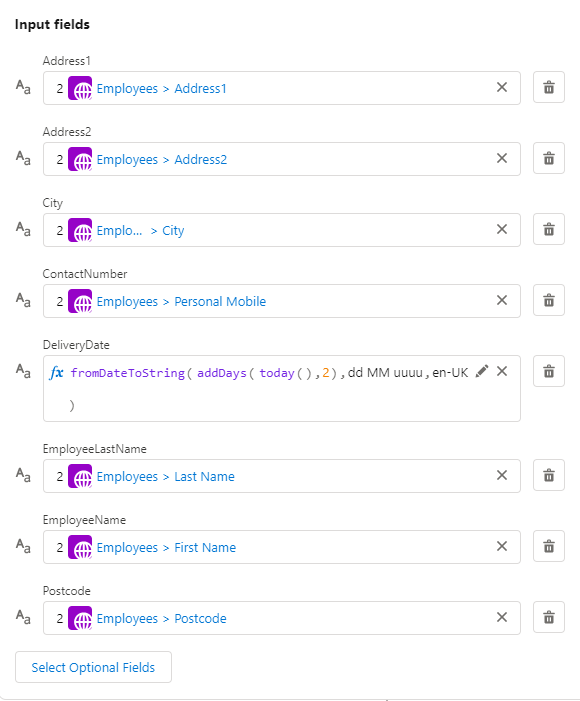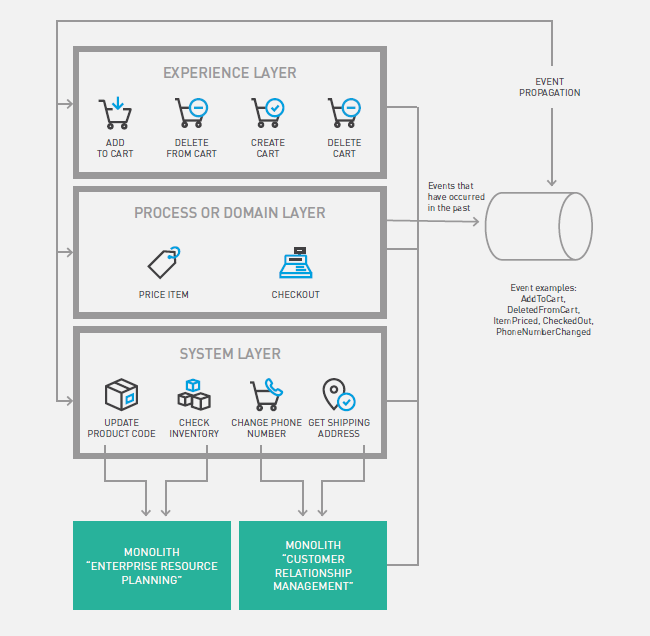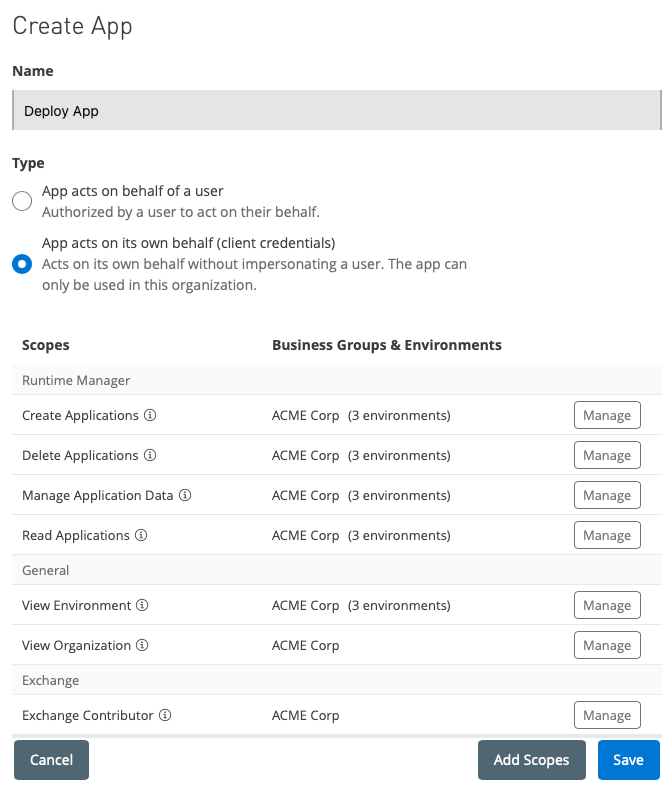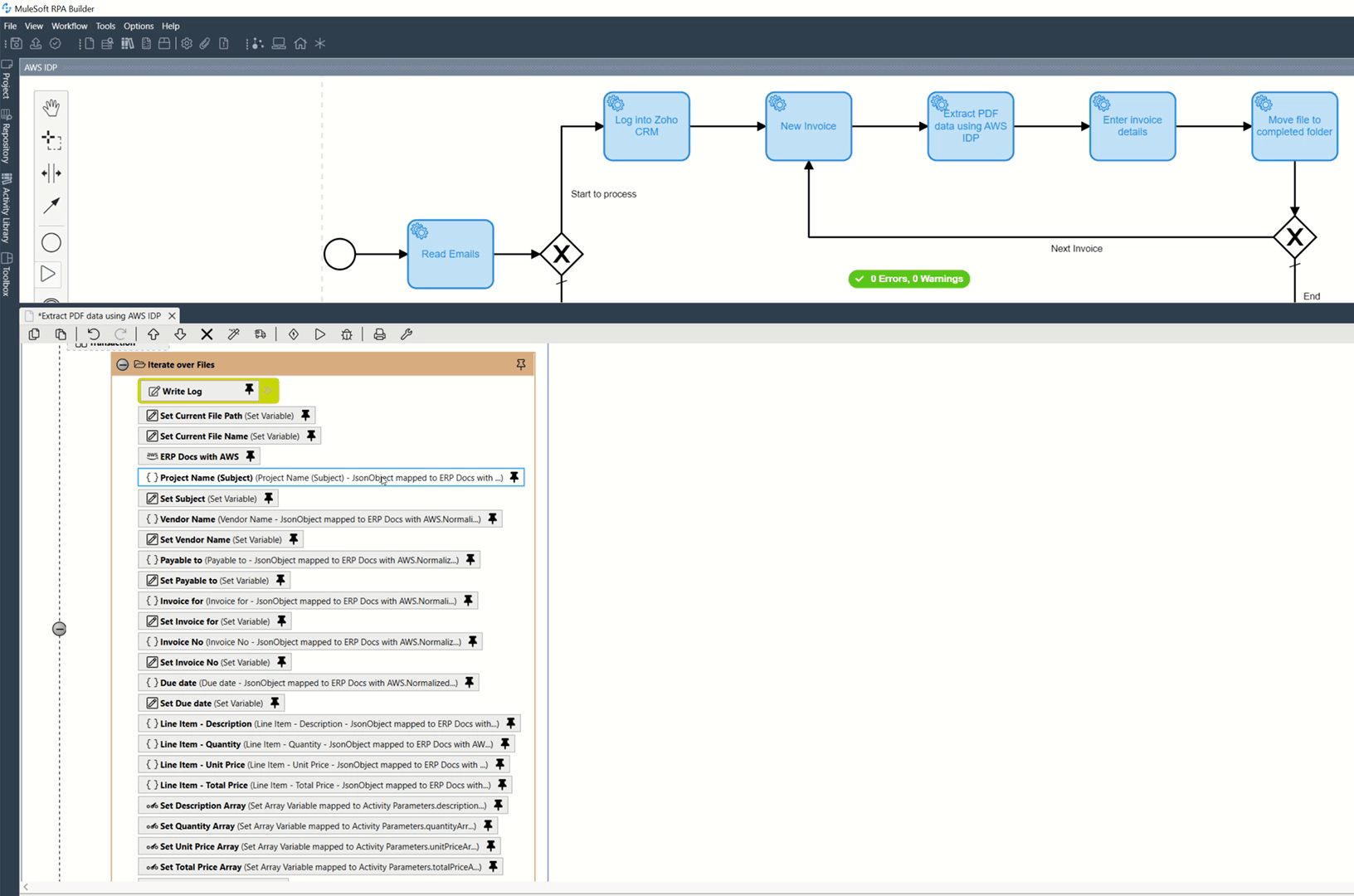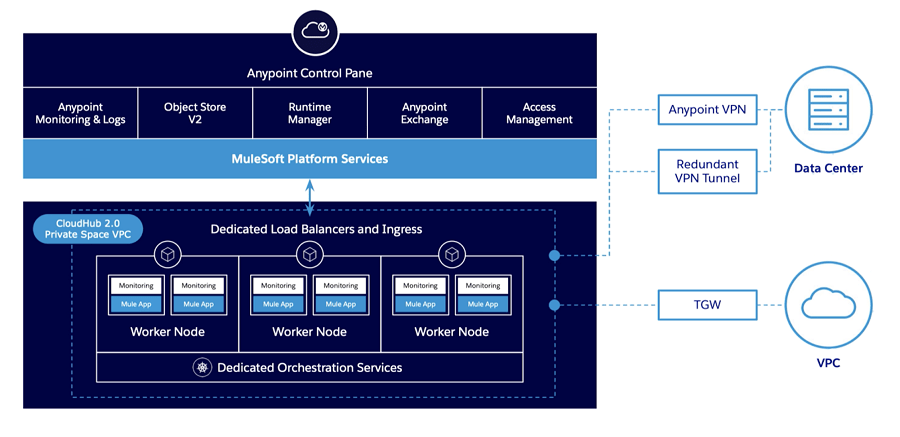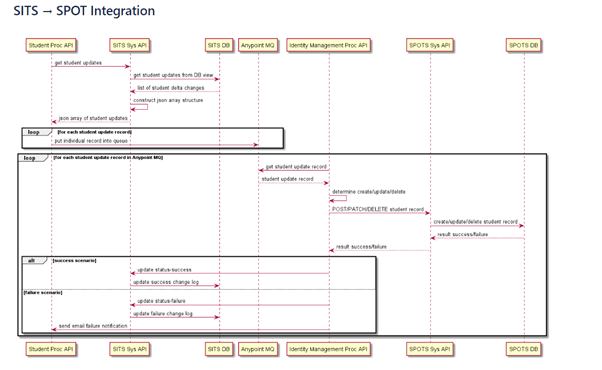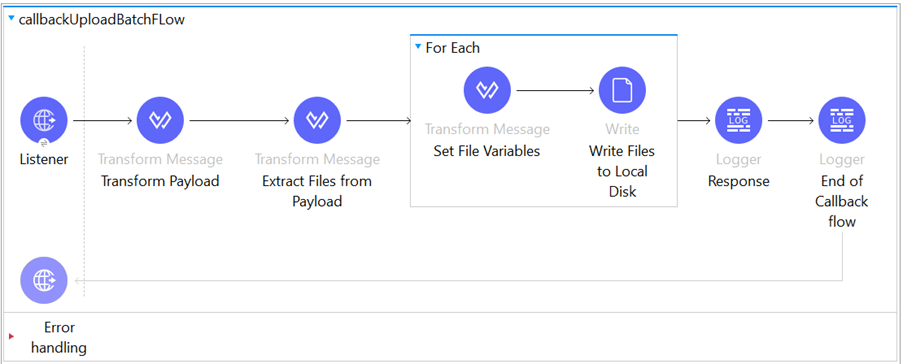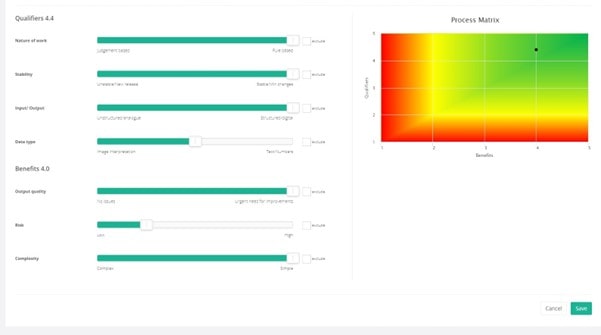Today we'll complete the automation of our internal celebration process. In the previous blog, we explained how to invoke a bot from the MuleSoft Composer to discover the next upcoming birthday or work anniversary. It is time to create a robot responsible for ordering cupcakes from Lola's website to mark the special occasion.
Order cupcakes using MuleSoft Automation (part 2)
By Mayara Silva, RPA Associate on Jan 3, 2023
Order cupcakes using MuleSoft Composer and Bots (part1)
By Olga Kepa, MuleSoft Developer on Dec 1, 2022
In the previous blog, Birthday wishes from MuleSoft Composer, we explained how to use Composer and its connectors to configure and set up simple process automation. We automated repetitive tasks of tracking and sending birthday and work anniversary wishes to our employees. Today we utilise MuleSoft further to deliver end-to-end automation of the complete process. In addition to messages, we will build Bots to order and post delicious Lola's cupcakes for our special occasions.
Share microservices design patterns
By Prashant Harbola on Nov 24, 2022
What are microservices
Microservices is an architectural style that structures an application as a collection of services that are
Deploy to CloudHub 2.0 using Maven and Connected Apps
By Guilherme Pereira, Senior Integration Consultant on Nov 9, 2022
CloudHub V2 arrived with a new architecture and a lot of new features. Let's explore in this tutorial some new features available while deploying to CloudHub V2 using maven.
Intelligent Document Processing with AWS AI Services and MuleSoft RPA
By Leonardo Cassimiro on Nov 1, 2022
Insurance claims, invoices, various forms and applications - every organisation deals with a wide range of unstructured documents. Although manual extraction of critical information is still typical, many departments invest in automating such processes.
10 things to know before moving to MuleSoft CloudHub 2.0
By Alessandro Toscano, Solution Architect on Oct 14, 2022
MuleSoft has recently launched a major update of their fully managed Mule runtime engine cloud service. It significantly improves application performance and scalability with lightweight container-based isolation and simplified deployment experience to the Cloud.
Improve student experience with system integration
By Olga Kepa, MuleSoft Developer on Oct 11, 2022
With the start of the pandemic, digital learning has become a new norm for most students. The digital approach demonstrated so many benefits that it remained in various forms even after the lockdown. There is a rise in hybrid learning when classes consist of in-person and online students. Not to forget about a blended study that includes online and on-campus courses.
Birthday wishes from MuleSoft Composer
By Olga Kepa, MuleSoft Developer on Sep 27, 2022
MuleSoft Composer is a drag-and-drop tool for connecting systems without coding! Although Composer is usually used to automate business processes, I’ve successfully applied it to streamline birthday and anniversary wishes.
Intelligent document processing with MuleSoft and Ephesoft connector
By Mayara Silva, RPA Associate on Sep 2, 2022
MuleSoft helps organisations enable hyperautomation and derive maximum benefits from automation and integration. Only recently MuleSoft launched MuleSoft RPA which is well integrated into the MuleSoft ecosystem. They also partner with various companies to enrich their automation capabilities even further.
Easy steps to automate a process with MuleSoft RPA
By Mayara Silva, RPA Associate on Aug 26, 2022
In the second part of my blog about MuleSoft RPA in action, I’d like to show the complete automation process - from process evaluation to design, build and execution. I hope it will help you see the potential of Mulesoft RPA and how you can apply it to improve the efficiency of your processes.




